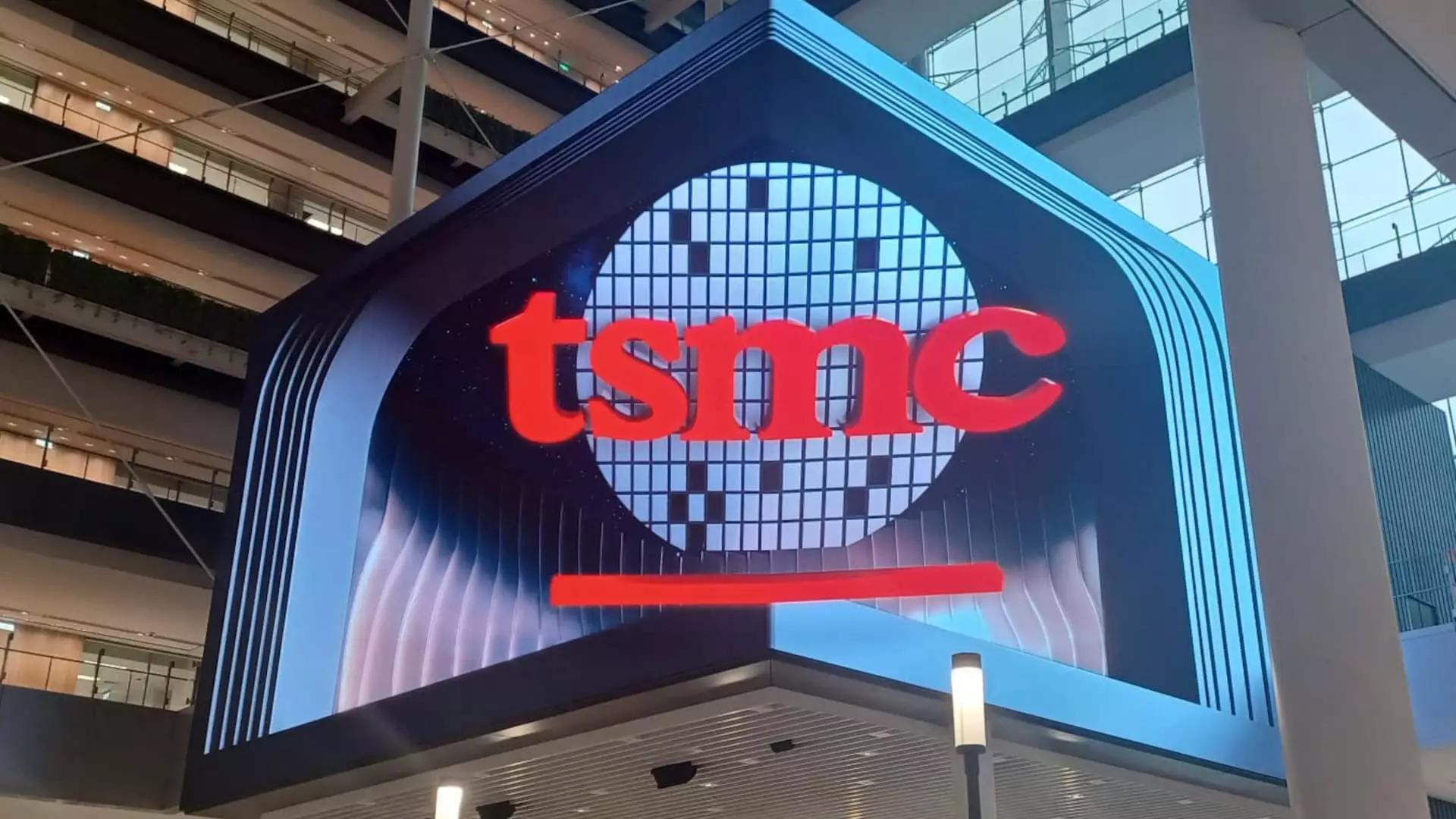The Taiwan Semiconductor Manufacturing Company (TSMC) continues to assert its dominance in the semiconductor industry, as evidenced by its impressive financial results for the fourth quarter. With demand for advanced chips, particularly those utilized in artificial intelligence (AI) applications, experiencing a notable surge, TSMC has become a focal point in discussions surrounding technology trends and market dynamics.
TSMC’s fourth-quarter financials exceeded analyst expectations, showcasing the company’s robust operational capabilities. The firm reported net revenue of NT$868.46 billion (approximately $26.36 billion), surpassing the expected NT$850.08 billion. Further amplifying its success, TSMC recorded a net income of NT$374.68 billion, outpacing the consensus forecast of NT$366.61 billion. Notably, TSMC’s profit soared 57% year-over-year, hitting an unparalleled milestone, while revenues surged by an astounding 38.8%. Such figures not only underscore TSMC’s strong positioning as the world’s largest contract chip manufacturer but also reflect the broader trends influencing the semiconductor market.
Central to TSMC’s spectacular performance is its high-performance computing (HPC) division, which has witnessed exponential growth driven by escalating demand for AI chips. In Q4 alone, this sector contributed a remarkable 53% of total revenue, illustrating the pivotal role AI plays in shaping the company’s financial landscape. Analysts like Brady Wang from Counterpoint Research highlight that surging demand for advanced chips extends beyond just AI applications, noting that the success of Apple’s latest iPhone model also significantly contributed to revenue growth.
The company’s strategic focus on AI technologies has clearly paid dividends. TSMC leadership, including CFO Wendell Huang, indicated a sustained appetite for AI-related products, projecting that revenue from AI accelerators could represent “close to a mid-teens percentage” of total revenue in the forthcoming year. Such optimism is underscored by predictions of doubling that revenue in 2025, further fueled by an ever-expanding demand for AI applications.
Despite the rosy outlook, TSMC and the wider semiconductor industry are not without their challenges. Potential headwinds loom on the horizon, particularly in the form of U.S. restrictions on advanced semiconductor shipments to China. Uncertainties surrounding the trade policies of the incoming U.S. administration could pose significant implications for TSMC’s operations and growth trajectory. The company’s Chairman and CEO, C.C. Wei, remarked on the company’s deliberate strategy of maintaining a low profile amidst geopolitical tensions, which may serve as both a tactical advantage and a source of vulnerability.
Future Outlook and Industry Implications
Looking ahead, analysts remain optimistic about TSMC’s prospects for 2025. Despite potential regulatory challenges, demand for AI applications shows no signs of abating, with forecasts indicating continued revenue growth. Investors have responded positively, as reflected in the 81% increase in TSMC’s shares over the past year. This confidence manifests not only in TSMC but also in the broader semiconductor market, evidenced by rising stock prices of European competitors, such as ASML and ASM International.
TSMC’s fourth-quarter results indicate a company at the forefront of the semiconductor industry’s shift towards AI technologies. With remarkable financial performance and positive market indicators, TSMC’s ability to navigate potential challenges, particularly in the realm of international trade and regulatory scrutiny, will likely play a pivotal role in its future trajectory. The ongoing demand for advanced chips—especially those driving AI innovations—positions TSMC as not only a leader in the semiconductor space but as a key enabler of the technological advancements shaping our future.

